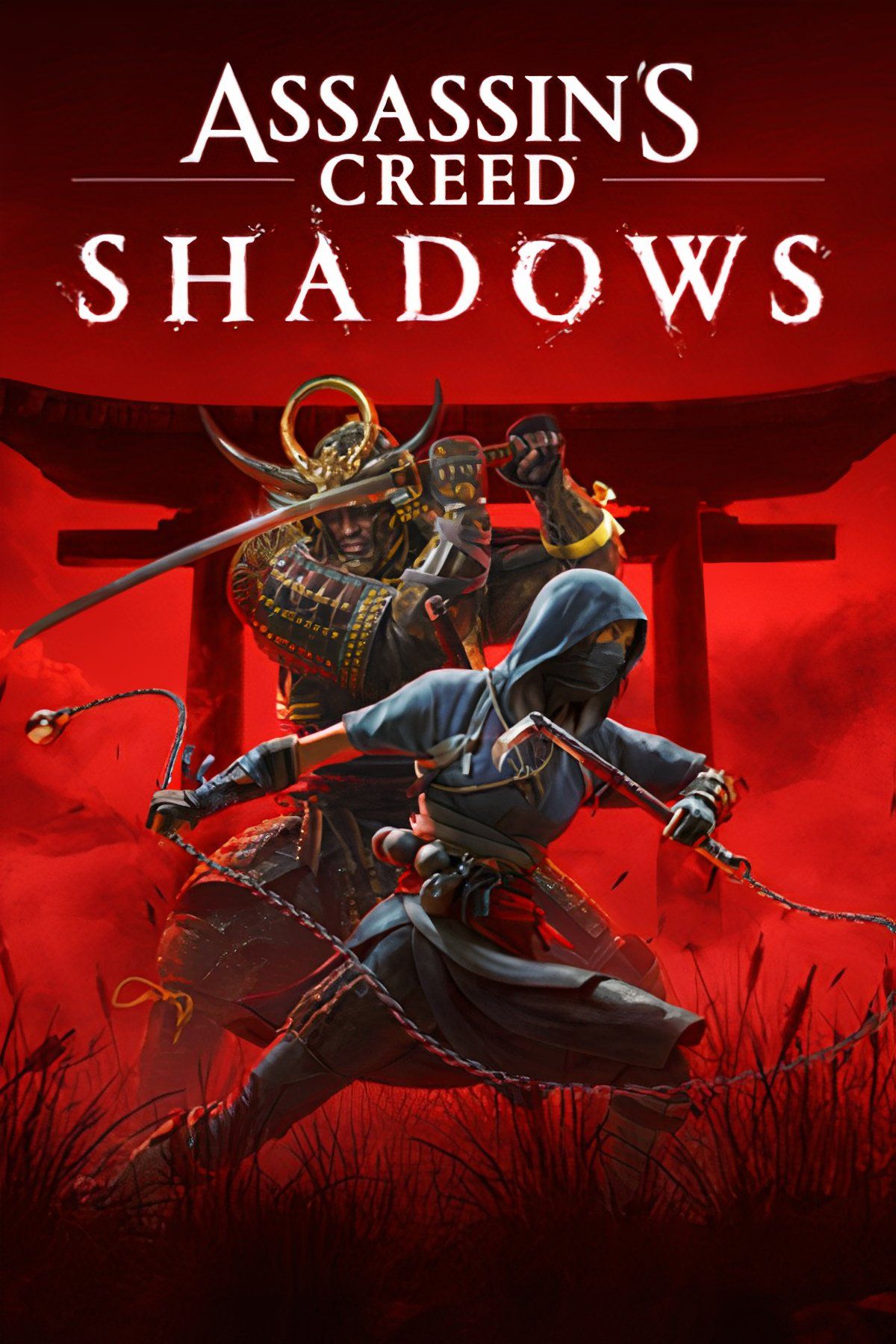Last week, I started playing Assassin’s Creed Shadows, and while it’s a fine enough game, I found its combat to be a bit shallow. It’s certainly flashy but it has a feeling of imprecision and floatiness that makes sword fighting feel all over the place.
As I was getting into the meat of the game’s Feudal Japanese open world, it dawned on me that I don’t think my problem with the swordplay is Assassin’s Creed’s fault exactly. I felt this way when I played Ghost of Tsushima, Dragon’s Dogma 2, Stellar Blade, and Jedi: Survivor–all games that have been praised for their solid and oftentimes excellent combat mechanics.
My displeasure with sword-based combat in those games doesn’t stem entirely from mechanical issues with each individual game but rather because of comparison. Because I compare every game that features sword combat to FromSoftware’s Sekiro: Shadows Die Twice, and nothing comes even close.
My Game’s In The Next Room, Sometimes I Wish It Was You
Sekiro is a game about extreme precision. It’s a very punishing samurai title that requires players to pay close attention to their enemy’s movements while heavily considering what their next move is going to be. Sekiro is often referred to as a rhythm game of sorts because the player cannot simply coast through combat, they need to be actively reading the situation and following the rhythmic flow of each and every encounter.
I’ve struggled to find a game more challenging than Sekiro since it asks so much from the player. “Master the precision of the sword system, or you will not complete the game,” Sekiro seems to say. When I first played it, I thought the game was terrible since I couldn’t get the extreme precision of the combat’s timing down. After a lot of practice, however, I’ve come to the conclusion that Sekiro: Shadows Die Twice might have the best sword combat this medium has ever seen.
The problem that Sekiro introduced in my life is that, now that I’ve mastered its difficulty and overcome the mountains it put in my path, every other game with sword combat feels imprecise and floaty. I spend hours with great games wishing they were more punishing and asking for more of my undivided attention.
Sekiro tickled something in my brain that no other game has even come close to scratching. The second that swords get unsheathed in Assassin’s Creed Shadows and Stellar Blade, I perk up from the couch only to be let down when I’m able to mash my way through every encounter.
This Isn’t Assassin’s Creed’s Fault
The most difficult part about this problem is that it usually isn’t even the other games’ fault. Assassin’s Creed, while having a history of floaty combat, isn’t bad for not being Sekiro, and it would be ridiculous to expect it to be. It’s not trying to be a punishing samurai game about combat mastery, it’s Assassin’s Creed, an action-adventure game targeting a very wide audience. The same goes for something like Star Wars Jedi: Survivor. Even though its systems are much closer to the ones found in Sekiro, it’s more of a popcorn adventure game than a realistic lightsaber simulator.
I just get overexcited the second that a tutorial message tells me I need to get good at parrying in order to master a game’s combat since parrying is one of the crucial pieces of Sekiro’s song and dance. These days, when the message pops up, I complete the tutorial, see that the parry window is huge, and get back to passively making my way through combat.
I wish I knew what to do about this problem. I was hoping it would go away in time, but now it’s been over six years since Sekiro came out and I’m still waiting for something to scratch the same itch. Maybe I just need to wait for Sekiro 2. Or maybe I need to start working on a mod to make Assassin’s Creed much, much harder.

Assassin’s Creed Shadows
- Released
-
March 20, 2025
- ESRB
-
Mature 17+ // Blood and Gore, Intense Violence, Language













Leave a Reply